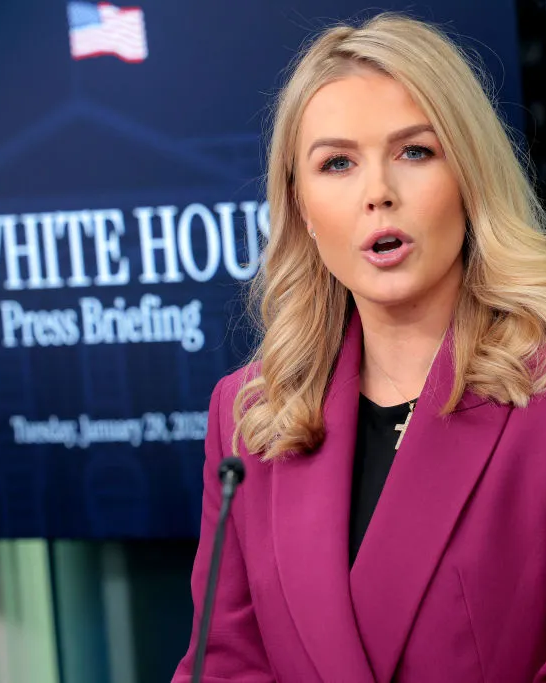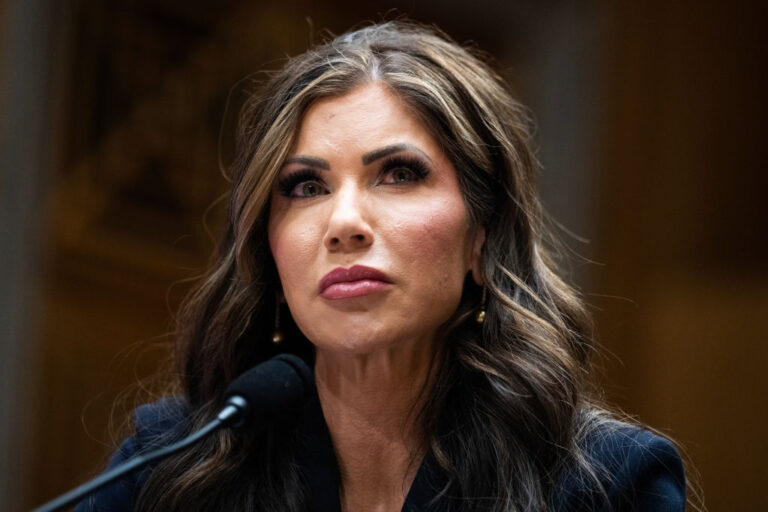President Donald Trump is set to introduce what he describes as the largest tax cuts in U.S. history. This ambitious plan, a key promise of his 2024 campaign, aims to reduce taxes for individuals and businesses while boosting economic growth. However, the proposal has sparked a heated debate, with supporters applauding its potential benefits and critics warning of possible economic risks.
During his campaign, Trump outlined several major tax reforms, including lowering the corporate tax rate to 15% for U.S.-based manufacturers and eliminating taxes on tips and overtime wages for service workers. These promises resonated with many voters, particularly in key states like Nevada. Trump also pledged to extend the 2017 Tax Cuts and Jobs Act, a policy from his first term that is set to expire unless Congress acts to renew it.
The White House has been quick to defend the proposed tax cuts, framing them as a necessary response to the economic challenges left by the Biden administration. In a recent statement, Press Secretary Karoline Leavitt criticized Biden’s economic policies, arguing that Trump’s reforms are essential to restoring growth and optimism. She highlighted Trump’s early actions in office, such as declaring a national energy emergency and cutting regulations, as evidence of his commitment to revitalizing the economy. “President Trump is delivering on his promise to restore our broken economy, revive small business optimism, create jobs, and ignite a new Golden Age for America,” Leavitt stated.
Despite the administration’s enthusiasm, economists and financial experts have raised concerns about the potential consequences of such sweeping tax cuts. With the national debt already at 36.2trillion,somefearthatreducinggovernmentrevenuebyanestimated5 trillion to $11.2 trillion over the next decade could worsen the debt crisis. Critics point to the 2022 economic turmoil in the United Kingdom, where similar tax cuts led to a “bond market meltdown” and forced then-Prime Minister Liz Truss to resign.
The Federal Reserve has also entered the discussion, with analysts warning that Trump’s tax cuts could fuel inflation. Nigel Green, CEO of deVere Group, cautioned that the Fed might need to raise interest rates to counteract inflationary pressures, potentially slowing economic growth and unsettling investors. “This is a delicate balancing act with no easy solutions,” Green noted.
Within the Republican Party, there is disagreement over how to implement Trump’s tax agenda. While some lawmakers support the proposed cuts, others are concerned about their impact on the federal deficit. House Speaker Mike Johnson has acknowledged the challenges, noting that internal divisions have delayed the timeline for enacting these changes. Some Republicans are advocating for significant spending cuts to offset the revenue loss, while others are hesitant to make such drastic reductions.
A key element of Trump’s strategy is the newly established Department of Government Efficiency (DOGE), led by Elon Musk. DOGE’s mission is to identify and eliminate wasteful government spending, with a goal of cutting $2 trillion annually. If successful, these savings could help balance the impact of the proposed tax cuts. However, critics have raised ethical concerns about Musk’s role and the department’s access to sensitive government systems.
As the debate continues, Trump’s tax cuts remain a central focus of his presidency. While supporters believe they will drive economic growth, critics warn of potential risks to the nation’s financial stability. For now, the outcome remains uncertain, and Americans will have to wait and see how these proposals unfold.


